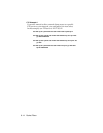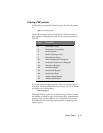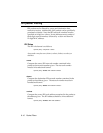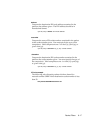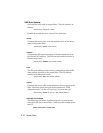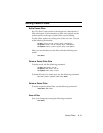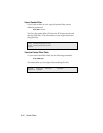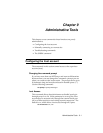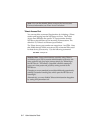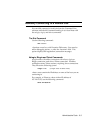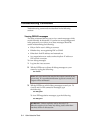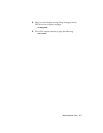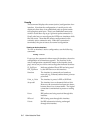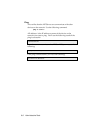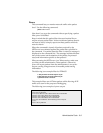
9-2 Administrative Tools
Note: You can also disable Telnet access to the !root account.
For more information, see Telnet Access Port below.
Telnet Access Port
You can reach the command line interface by initiating a Telnet
session and logging into the NETServer as !root. The Telnet
Access Port identifies the specific TCP port number that the
NETServer should listen to for incoming Telnet sessions. The
default is 23, Telnet’s well-known port number.
The Telnet Access port number can range from 1 to 65536. Note
that 10000 through 10100 are reserved for an internal filter used
for host device port security. Use the following command:
set telnet <TCP port #>
Security Note: Some administrators consider using Telnet’s
well-known port (23) for remote administration a security risk
since anybody can get a login prompt simply by Telnetting to
the NETServer. This allows a potential vandal to attempt to
guess your !root password, possibly seizing control of the
NETServer.
Changing to a non-standard port adds additional protection by
making a potential vandal guess which port the NETServer is
listening to.
Alternatively, you may disable Telnet administration altogether
by setting this parameter to 0.



